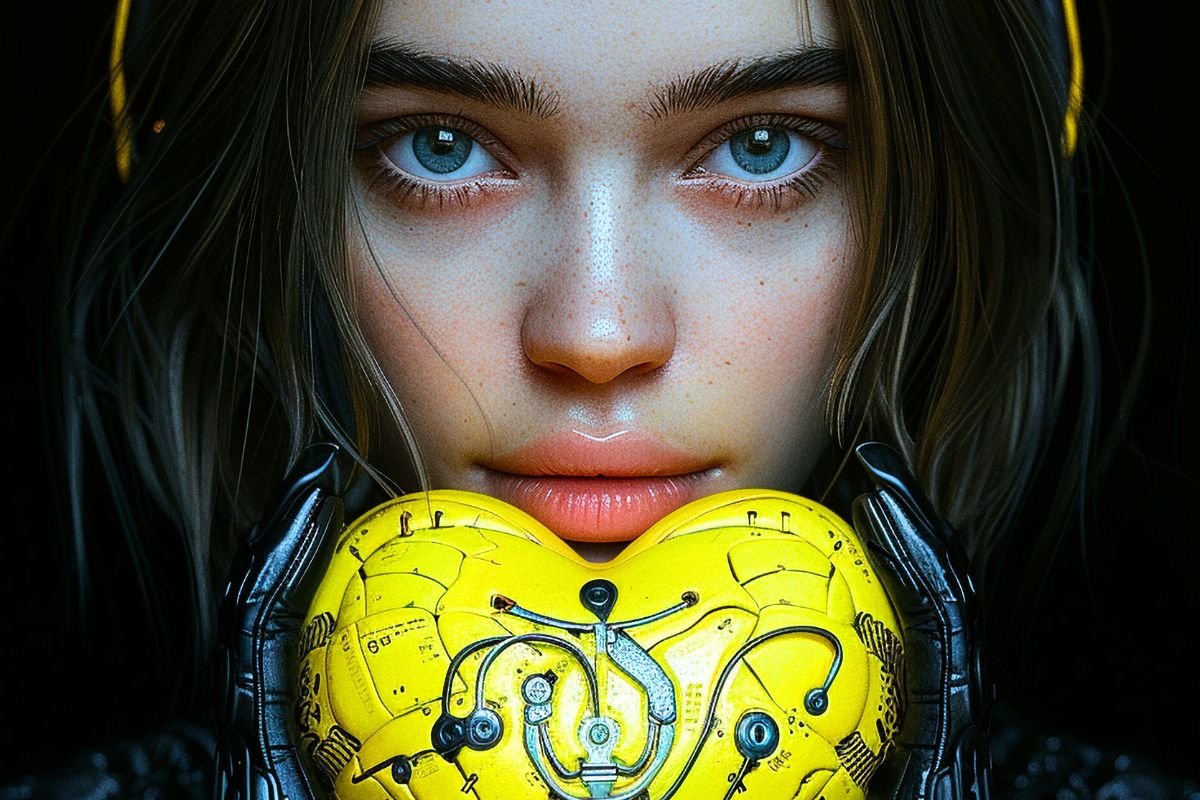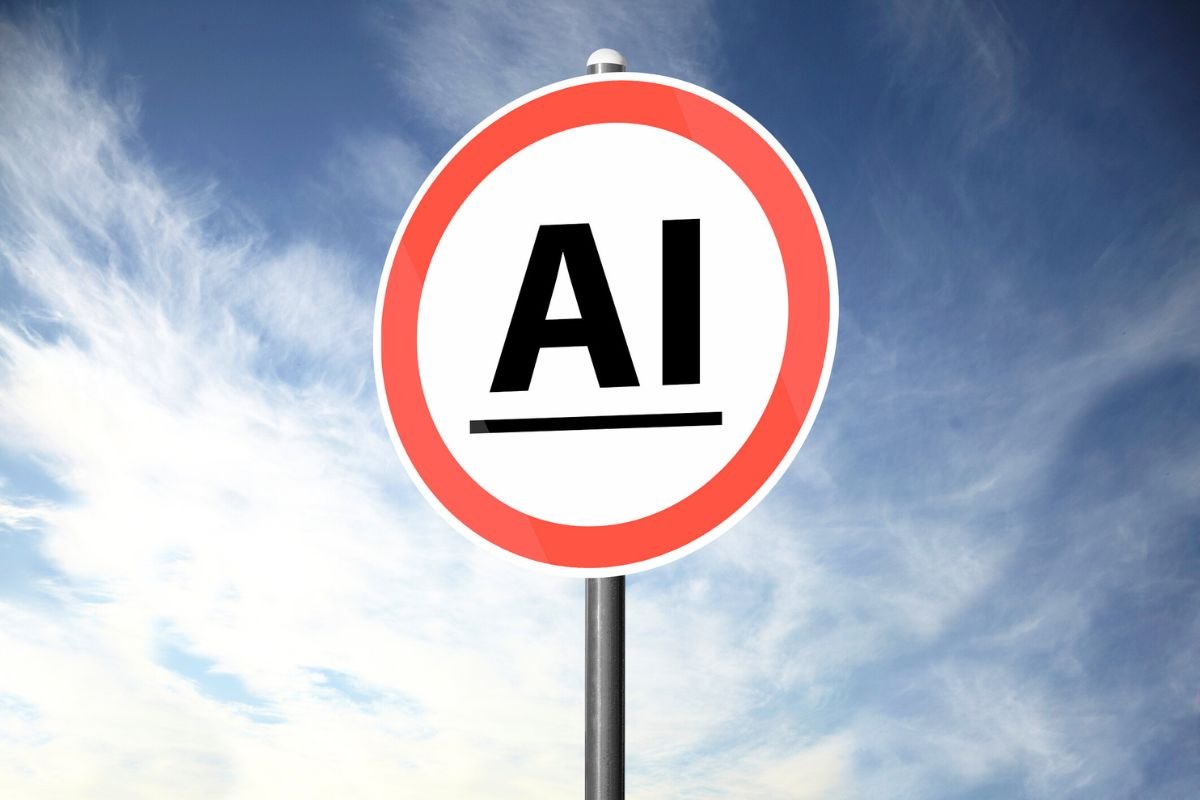AI-generated visuals have been awash in an ugly yellow tint, and experts warn this color bias will only intensify as models feed on their own synthetic outputs. Here’s why our shiny AI era might be tipping into a murkier, more monotonous future.
The yellow tint epidemic
Scroll through any AI art feed and you’ll spot it: landscapes drenched in mustard hues, portraits that look sunburned, even the CEO of a leading AI firm sporting a jaundiced profile pic. This isn’t a quirky filter trend—it’s a symptom of models trained on overwhelmingly synthetic data that echo each other’s flaws. Once a handful of popular generators leaned into golden tones—think “Ghibli-style sunshine”—the next generation simply regurgitated the cast, compounding the problem.
Why AI “inbreeding” matters
Researchers call it model collapse or “AI inbreeding”: when new systems are fed not only human-created images but also the outputs of older AI. Like intermarried royal families of old, these models inherit and exaggerate quirks—crooked limbs, odd proportions, and that trademark yellow cast. The more generations you stack on recycled AI images, the more the visuals drift from reality, slipping into a hallucinatory sameness.
Racing for synthetic data
Faced with a hunger for fresh training sets, many AI developers opt for easily generated, copyright-free content rather than expensive human-captured photos. Synthetic images are cheap, abundant, and raise no legal eyebrows—but their homogeneity steals data diversity and accelerates drift. As one AI ethicist quipped, “The faster you feed the machine its own vomit, the sicker it gets.”
Is the AI boom ending?
Big players are scrambling to rebalance—partnering with news wires, stock libraries, and even small creators to inject genuine imagery into their pipelines. Yet the industry’s profit motive often overrides caution, and admitting a looming collapse could tank stock prices overnight. Until we prioritize authentic sources over convenience, expect the yellow haze to thicken—and our AI dreams to fade into the same tired palette.



